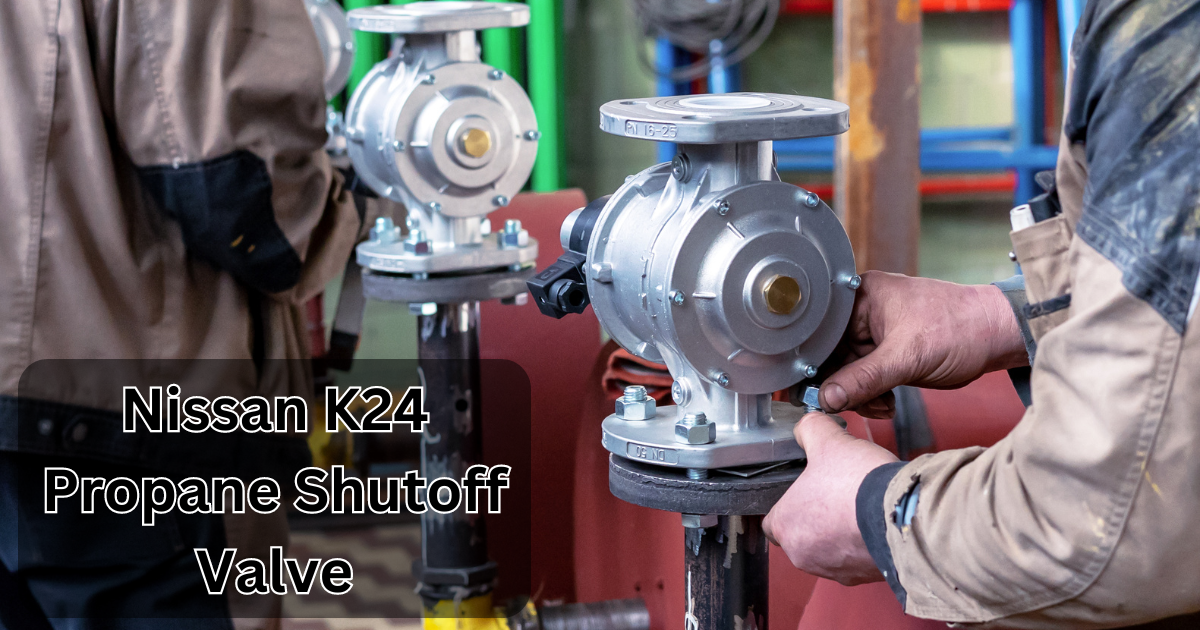Suits are a staple in men’s fashion, symbolizing elegance, professionalism, and style. However, not all suits are created equal. Two of the most common yet distinct styles are the dinner suit vs business suit. While both serve to enhance a man’s appearance, they are suited for very different occasions. Understanding the key differences between these suits is essential for ensuring you’re appropriately dressed. This guide explores the fundamental contrasts between a dinner suit vs business suit, helping you navigate the nuances of each to ensure you make the right choice for every event.
What is a Dinner Suit?
A dinner suit, often referred to as a tuxedo, is a formal outfit traditionally worn at black-tie events. Its origins can be traced back to the late 19th century, designed to be an alternative to full evening dress. Typically, dinner suits are worn to formal dinners, weddings, and events requiring a sophisticated touch. The defining features of a dinner suit are its sleek satin or grosgrain lapels and the use of high-end materials, giving it a refined and polished appearance.
What is a Business Suit?
On the other hand, the business suit is a more versatile outfit meant for professional and corporate settings. Its roots go back to the industrial revolution when business professionals needed attire that balanced professionalism and comfort. Business suits are designed to make the wearer appear authoritative and confident in a business setting. They come in a range of materials, colors, and patterns, tailored for daily wear in meetings, conferences, or interviews.
Key Features of a Dinner Suit
Dinner suits are distinguished by their luxurious fabrics such as silk and satin. The most recognizable feature is the satin trim on the lapels, buttons, and sometimes the trousers. Dinner suits are often black or midnight blue, with variations in deep, rich tones. The cut and structure are more rigid, giving the suit a formality that’s unmistakable.
Key Features of a Business Suit
Business suits are more practical, typically made from wool or wool blends that offer durability and comfort. Colors range from classic navy, charcoal, and black to lighter tones and pinstripes. Business suits are also more structured for day-long wear in corporate settings, with standard lapels, buttons, and pocket placements that project a more reserved, professional look.
Dinner Suit vs Business Suit: A Comparison of Materials
One of the most significant differences between a dinner suit and a business suit lies in the materials. Dinner suits lean towards opulence, often featuring satin or grosgrain details that lend them a glossy sheen. Business suits, however, prioritize durability and breathability, with wool, cotton, or linen being common choices. The choice of fabric plays a crucial role in determining the formality and comfort of each suit.
Dinner Suit vs Business Suit: Lapels and Collar Styles
In a dinner suit, the lapels are traditionally made from satin or grosgrain, which adds a noticeable sheen that distinguishes it from business attire. Shawl or peak lapels are standard in dinner suits, emphasizing formality. Business suits typically have notch lapels, offering a more subdued, versatile appearance suitable for the office or meetings.
Buttons: Single vs Double-Breasted Suits
Most business suits are single-breasted, allowing for ease of wear and versatility in professional settings. However, dinner suits can be single or double-breasted, depending on the level of formality. A double-breasted dinner suit elevates the look, making it ideal for high-end formal events, while single-breasted dinner suits are considered slightly less formal.
Trousers: Dinner Suit vs Business Suit
Dinner suit trousers are often more distinctive, featuring satin stripes along the sides, which complement the lapel details. These trousers are usually designed to be worn with braces rather than belts. Business suit trousers, however, are more understated, typically flat-fronted or pleated and made to match the jacket for a professional, cohesive look.
Shirts to Wear with a Dinner Suit
When considering Dinner Suit vs Business Suit, the shirt choice for a dinner suit is just as important as the suit itself. A classic tuxedo shirt with pleated fronts or concealed buttons is the most appropriate for a dinner suit. These shirts are usually white, paired with studs and cufflinks to complete the polished look.
Shirts to Wear with a Business Suit
For business suits, the shirt can vary depending on the level of formality. A crisp white or light blue shirt is the go-to for most business environments. Solid or subtly patterned shirts can be worn to add variety without sacrificing professionalism.
Also Read: Global Listening Tour for Business Owners
Dinner Suit vs Business Suit: Accessories
Dinner suits are often paired with more formal accessories like bow ties, cummerbunds, and pocket squares in luxurious fabrics. Business suits, on the other hand, require minimal accessories. A tie and cufflinks, paired with a simple pocket square, suffice to keep the look clean and professional.
Shoes for Dinner Suits
When dressing for a formal event in a dinner suit, patent leather shoes are the standard choice. Their high-shine finish complements the suit’s elegant look. Loafers and other casual shoes should be avoided to maintain the formality of the outfit.
Shoes for Business Suits
Business suits call for more subdued footwear, such as Oxford or Derby shoes in black or brown leather. These shoes are polished but not overly shiny, offering a professional yet understated finish to the outfit.
Seasonality: When to Wear a Dinner Suit
Dinner suits are best worn during formal evening events and are often more comfortable in cooler weather due to the heavy fabrics used. However, lightweight options are available for summer black-tie events, ensuring the wearer remains stylish and comfortable.
Seasonality: When to Wear a Business Suit
Business suits are designed for year-round wear. In warmer months, lightweight fabrics such as linen or cotton blends are preferable, while in colder months, wool or wool-blend suits provide warmth without sacrificing style.
The Social Etiquette of Wearing a Dinner Suit
When attending black-tie events, it’s essential to adhere to strict guidelines for wearing a dinner suit. This includes wearing the correct accessories, ensuring the suit is well-tailored, and maintaining the overall formal tone of the event.
The Corporate Etiquette of Wearing a Business Suit
In the corporate world, a well-fitted business suit is essential for making a strong impression. Etiquette dictates that your business suit should be clean, well-pressed, and free from distractions, projecting professionalism at all times.
How to Care for Your Dinner Suit
Due to its delicate fabrics and formal nature, a dinner suit requires special care. Dry cleaning and proper storage are essential to preserving the suit’s material and structure for future formal occasions.
How to Care for Your Business Suit
For business suits, regular dry cleaning and daily maintenance such as brushing and hanging after use are crucial. Proper care will ensure that your business suit remains in good condition for daily wear in professional settings.
Conclusion
In summary, the Dinner Suit vs Business Suit debate highlights how each attire serves distinct purposes and conveys different levels of formality. A dinner suit is designed for high-end, formal events, featuring luxurious fabrics and distinctive details, while a business suit is crafted for everyday professional settings, focusing on durability and versatility. Understanding these differences ensures you’re dressed appropriately for any occasion, enhancing both your style and confidence. Whether you’re attending a gala or heading to a meeting, choosing the right suit makes all the difference in projecting the right image.











